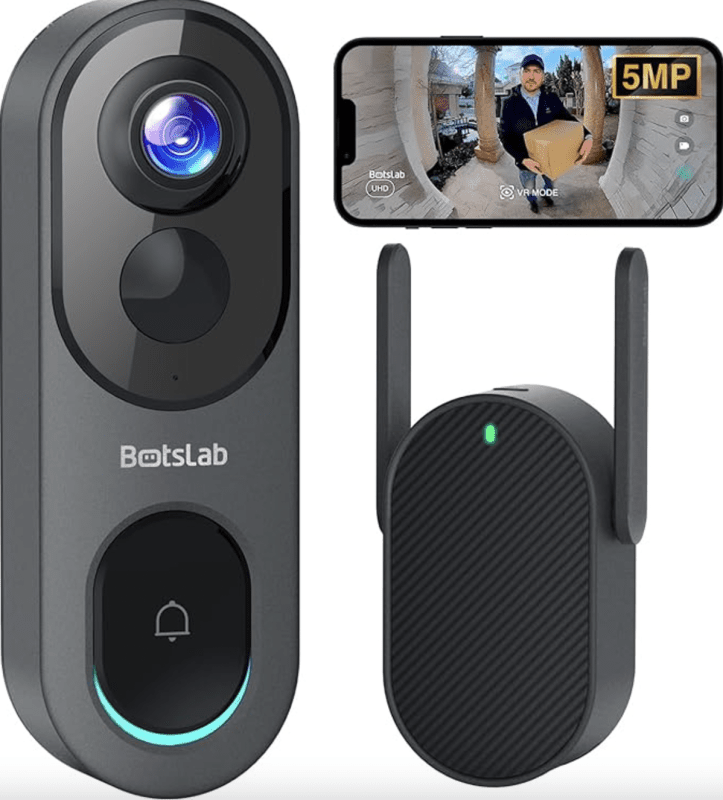When you're traveling, language barriers can sometimes feel like a mountain to climb. But with the right portable translator, those barriers can turn into a smooth pathway. Here’s a quick look at some of the best portable translators that can make your journeys a lot more enjoyable.
1. Pocketalk Language Translator
This little device is super user-friendly. Just speak into it, and it will translate for you in real-time, making conversations with locals much easier.
2. Travis Touch Go
The Travis Touch Go is a travel buddy you can count on. It’s great for those who want a translator that can adapt to various scenarios — whether chatting with a friend or navigating a busy market.
3. Langogo Pocket AI Translator
This one is perfect for tech-savvy travelers. Langogo not only translates but also connects you to a world of information at your fingertips.
Top Features to Look For in Translators
When you're on the go and need to communicate in a different language, a reliable translator device can be a game changer. Here are some important features to keep an eye out for while shopping for the best AI language translator for your travels:
By keeping these features in mind, you’ll be well-equipped to find a translation device that best suits your travel needs. Happy travels!
User-friendly Options for Quick Translation
When you're traveling, the last thing you want to worry about is getting lost in translation. Luckily, there are some fantastic user-friendly translation devices out there that can help you communicate effortlessly. These gadgets are designed to be intuitive and easy to use, so you can focus on enjoying your adventure instead of fumbling with complicated tech.
Many of the top translation devices offer a simple setup process. Just turn them on, choose your languages, and you’re ready to chat! Some devices even feature touchscreens that make navigating through options a breeze. You’ll find that most of them can translate spoken words in real-time, too—so no more waiting for a translation to process! Here's a quick look at what makes them user-friendly:
Battery life is another key factor to consider. Look for devices that have long-lasting batteries so you won’t have to worry about running out of juice while you’re exploring a new city. Some even come with quick-charge options, so you can grab a few minutes of power during your coffee break!
With these user-friendly translation devices, you'll feel confident navigating new surroundings and meeting new people. It's all about making your travels smoother and helping you connect with others without the language barrier getting in the way. Happy travels!
What to Consider Before Buying a Translator
When you're on the hunt for a translator device, there are a few key things to keep in mind. First off, think about the languages you need. Some devices cover a wide range, while others might only focus on specific languages. Make sure your pick can handle the ones you’ll be encountering the most during your travels.
Next up, consider how user-friendly the device is. You don’t want to waste time fumbling with complicated buttons or confusing screens. Look for a translator that’s simple to navigate, with a clear display and straightforward controls. It should be something you can pick up and start using right away without a tech degree.
Battery life is another biggie. Imagine being in a foreign city, enjoying a beautiful day, and suddenly your translator dies on you. Choose a device with a solid battery life, or one that can easily charge on the go. Having a backup power option, like a power bank, is always a good idea too!
Don’t overlook connectivity options either. Some translators work offline, while others need Wi-Fi or data to function. If you’re planning on visiting remote areas where internet access may be limited, an offline option might be your best bet. Think about how you’ll be using the device and pick something that fits your travel style.
Last but not least, check out the reviews. Real user experiences can tell you a lot about the performance and reliability of a translator. Look for feedback on how well it translates in real-life scenarios – that’s where it truly counts!



